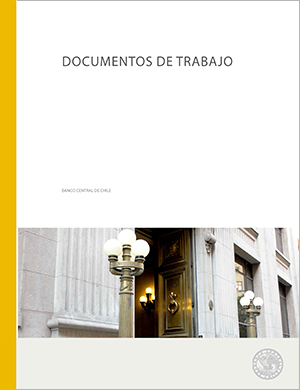Working Papers N° 152: Exchange Rate Policy in Chile: From the Band to Floating and Beyond
Publications
Working Papers N° 152: Exchange Rate Policy in Chile: From the Band to Floating and Beyond
Autor: Felipe Morandé , Matías Tapia
Description
As many countries worldwide, Chile has experienced virtually all the menu of options of exchange rate policies in the last 40 years – with the sole exception of giving up its national currency. The quest for a reasonable exchange rate policy has been inspired in part by the different goals that, through this four decades, policy makers have attempted to achieve with this policy. After almost of decade of co-existence of inflation targeting and an exchange rate band, in 1999 the Central Bank of Chile gave up the exchange rate band and replaced it with a policy of floating. This paper confronts two main questions: (a) Why was the band abandoned and, by the same token, why it took so long to do it and (b) How has the floating regime worked so far? This last question involves accounting for the possible appearance of “fear of floating” by the macroeconomic authorities, as well as evaluating the regime in three issues highlighted by the critics of exchange rate floating: passthrough to domestic prices, exchange rate volatility and balance sheet effects. In the final section, the paper illustrates the operation of the exchange rate system in the face of regional contagion effects.
Working Papers N° 152: Exchange Rate Policy in Chile: From the Band to Floating and Beyond
Boxes and graphics

